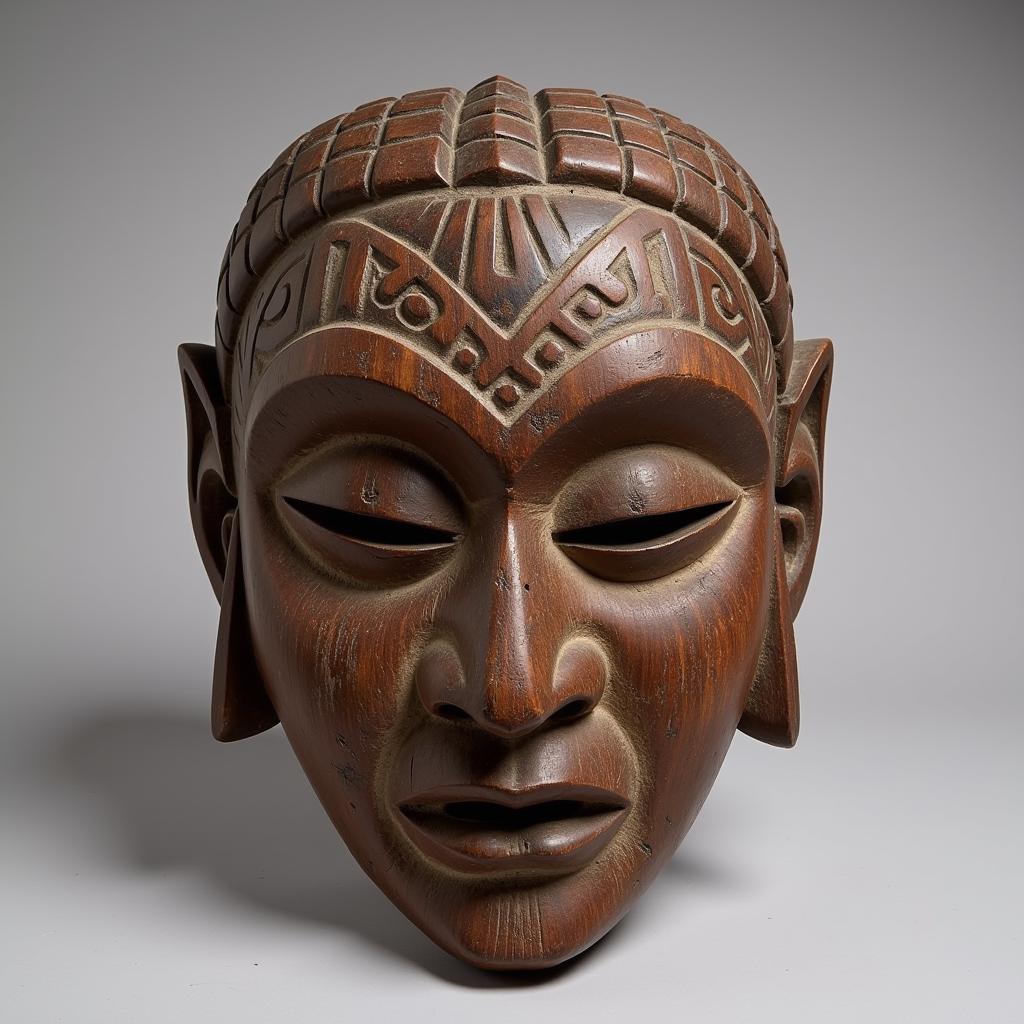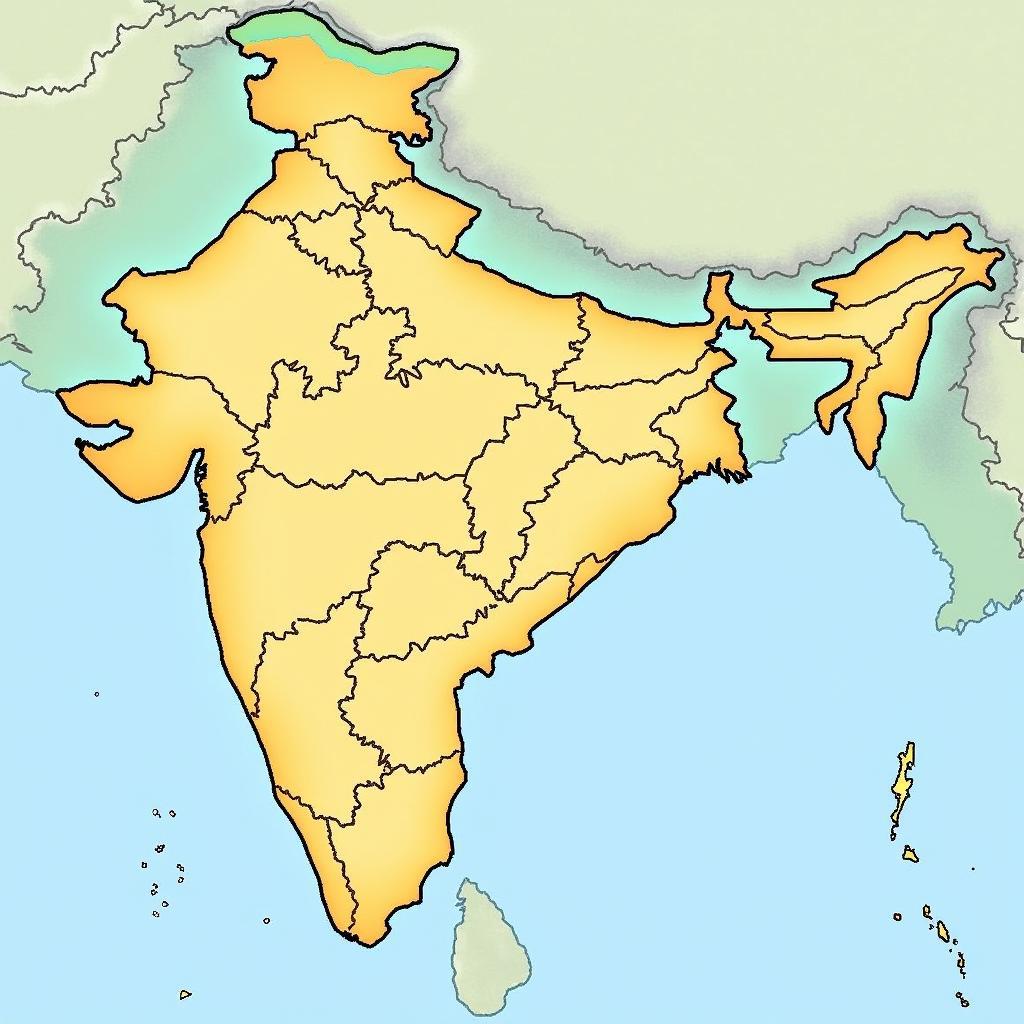African Dance Music 2015: A Year of Rhythmic Fusion
The year 2015 witnessed a vibrant explosion of African dance music that captivated global audiences. From the pulsating beats of Azonto to the infectious rhythms of Coupé-Décalé, African artists seamlessly blended traditional sounds with contemporary influences, creating a sonic tapestry that resonated across continents. This article delves into the heart of African dance music in 2015, exploring its diverse genres, iconic artists, and the cultural significance of this musical phenomenon.
The Rise of Afrobeats: A Global Sensation
2015 marked a turning point for Afrobeats, a genre originating in Nigeria that fuses West African musical elements with global pop sensibilities. Artists like Wizkid, Davido, and Yemi Alade rose to prominence, captivating audiences with their infectious melodies, relatable lyrics, and captivating stage presence.
These artists not only dominated charts across Africa but also made significant inroads into international markets. Their collaborations with global superstars like Drake and Major Lazer introduced Afrobeats to a wider audience, solidifying its status as a global musical force.
Beyond Afrobeats: Exploring Diverse Soundscapes
While Afrobeats dominated the airwaves, other African dance music genres also flourished in 2015. South Africa’s house music scene continued to thrive, with established artists like Black Coffee and newcomers like Kyle Watson pushing the boundaries of the genre with their innovative productions.
East Africa’s Bongo Flava, known for its Swahili lyrics and distinct Tanzanian flavor, continued to gain popularity across the continent. Artists like Diamond Platnumz and Ali Kiba became household names, their music echoing the cultural richness and rhythmic vibrancy of the region.
The Cultural Impact: Dance, Fashion, and Identity
African dance music in 2015 transcended mere entertainment, becoming a powerful medium for cultural expression and identity affirmation. Each genre carried its own unique dance styles, fashion trends, and social commentary. Azonto, with its energetic footwork and playful gestures, became synonymous with Ghanaian youth culture, while Coupé-Décalé’s flamboyant attire and lavish celebrations reflected the Ivorian joie de vivre.
“African dance music is more than just music; it’s a celebration of life, a testament to our resilience, and a powerful tool for storytelling,” remarks Dr. Abena Oduro, an ethnomusicologist specializing in African music. “In 2015, the world witnessed the transformative power of this music as it broke down barriers, bridged cultures, and fostered a sense of unity through shared rhythm and joy.”
Conclusion: A Legacy of Rhythmic Innovation
African dance music in 2015 left an indelible mark on the global music scene. It showcased the continent’s rich musical heritage, innovative spirit, and ability to seamlessly blend tradition with modernity. As African artists continue to push creative boundaries and captivate audiences worldwide, one thing remains certain: the future of African dance music is bright, vibrant, and brimming with rhythmic possibilities.


